
For readers new to this space, perhaps it is good to repeat that I am a Catholic convert who once passionately identified with the New Age movement.
For many years, I was associated in one way or another with the Findhorn Foundation in the north of Scotland, which numerous people would identify as the leading centre of the New Age subculture in Europe – if not the world.
Moreiver, for overtwo and half years in the 1980s, I actually lived at Findhorn. Afterwards, I worked long, hard hours as a full-time New Age activist, promoting its highly distinctive form of spirituality in Cambridge, England.
‘Highly-distinctive’ may I repeat. For a central claim of the New Age is to represent a universal, almost generic form of spirituality that supposedly every one can relate to . . .
But, as I relate elsewhere at this site, as well as in my books and videos, I eventually came to see this spirituality as anything but universal.
No, it was Eastern in origin though often clothed in modern Western language, but actually frequently hostile (though often in an unconscious way) to anything truly and deeply Western or Christian.
All of this is dealt with in a book I am currently preparing: Cor Jesu Sacratissimum: From Materialism and the New Age to the Catholic Mystery. (2023 Update: this book appeared in 2016 published by Angelico Press—see advertisements below.)

But today, I thought I would simply present extracts adapted from the draft I am still polishing:
“When I turned to the New Age as an adolescent, it was not due to the thrill of things occult. Rather, the movement seemed to offer something higher and more authentic, than that which I perceived in either the materialistic mainstream culture or in my (very Protestant) concept of organised religion. As I have said, my first real encounter came age 16, at the Findhorn Community in Northern Scotland.
Yes here is the place to acknowledge that the Findhorn Community I encountered then, represented a collection of perhaps two hundred adults living together with a striking idealism. Whatever else they were, they were not materialists, scrambling over each other in the rat-race.
They worked, often long hours, for very little or nothing in terms of pay. And it cannot be denied that they worked for certain ideals, such as that of being good stewards of the Earth. Findhorn had started in fact, with an emphasis on organic gardening and maintains to this day considerable ecological awareness and environmentally-conscious innovation.
There were also certain psychological and humanistic aspirations, including genuine effort toward really listening to what another person had to say and honouring of the reality of what the human being experienced.
All of this was bound up with an admittedly and I think often deliberately nebulous notion of spirituality. People did not speak in theological terms, but there was a general affirmation, however vaguely defined, that it was not simply the material in life that mattered, but that which transcended it.
What such Transcendence might actually constitute, was left undefined at a collective level. A few felt happy to speak of God. Many others preferred terms such as “the Universe” or “the Source”.
Now, reasons for this deliberate blandness are to be found in numerous loci. There is of course, the secular trajectory of the last centuries, where increasing numbers have despaired of theology. And the New Age movement, I believe, shares far more common cause and identity with Secularism, than it often wants to admit.
More darkly still, I believe certain roots are bound up with the Anglophone, esoteric stream to which I have already referred and will be returning to. But another reason lay in simple idealism. There was noble drive present at Findhorn, including an aspiration to harmony. Many Findhornians came from apparently divergent traditions and disciplines: shamanistic, psychotherapeutic, holistic healing and more. Though as I say, underneath the disparate nomenclature, a hidden unity lurks.
Still the nomenclature is often different and common terms were seen as needed to promote harmony. But which common terms would not cause offense? God? For many if not all, this was regarded as too Christian, patriarchal and divisive.
And as for Jesus – well, of course not! For all of the same reasons, plus of course the background influence of esoteric teachings, which held the concept of Jesus as simply a man into whom “the Christ consciousness” had incarnated.
No – less specific and more abstract terms were definitely required! Energy, Consciousness, “Love and Light”, Spirit, the Universe …
Many New Agers would argue that there is much to be gained by adopting such “non-offensive” terms that can be commonly assented to – or so it is argued: people can agree on these. And is there anything to be lost by resorting to such banal, neutral and impersonal terms? Such a question is very rarely asked in New Age circles, in my experience. And I am concerned that the terminology is not actually as neutral as might be supposed …
In any event, the affirmation of such (supposedly) neutral representations of the Transcendent, also manifested itself in concrete ways. Thus, throughout the Findhorn Community, one would of course not find anything like chapels or temples – but one found what were called Sanctuaries.
This was a name aimed to denominate an indistinct space for contemplation – a space where no “divisive” religious imagery should be present, but where instead, one could simply sit in silence and meditate or contemplate as one wished. Typically, circles of chairs were arranged in concentric circles around a table with a candle in the centre.
Thus in these ordinary, featureless rooms, one could find chairs, where members of the community sat in silence. Or did they? Because the truth of the matter was – the members of Findhorn rarely used these Sanctuaries. It was the tourists and visitors to the community that frequented them.
But – and this was a point of concern, if not despair for some – the members generally were not there. And why not? Could it be that these bare, colourless rooms were lacking, somehow? Or that there was something uninspiring or uninviting about them? In all my years associated with Findhorn, I never once remember this question being raised.”
To this we append, a second extract. For despite the failure of the Findhorn sanctuary, I was once so taken with the general disdain for “limiting” the representation of the Transcendent to personal terms like God or Jesus that I tried to create a Findhorn-like sanctuary

Continued material from my book manuscript:
“A few years later, I joined with others in establishing a New Age centre in Cambridge, England. Our purpose was to create a public outpost there for Findhorn-style spirituality, where it could be extended to the best young minds and future leaders, rising through this world centre of academic brilliance.
Not surprisingly, our centre would have a Sanctuary: a bare and neutral room with circles of chairs. And just like at Findhorn, it was not particularly used by many folk. Now for this Sanctuary, there was an inscription on the door, which I myself wrote and placed there:
“This sanctuary is dedicated to the idea that there are no words or forms that can express the ultimately REAL, without also limiting it, and that no religion or belief may be said to be the TRUTH but only a refraction among many such refractions that serve to guide the way.
This room is therefore dedicated to silence and simplicity that every seeker may feel welcomed here to find within the SACRED REALITY for which no words suffice, but from which healing, inspiration and renewal FLOW.”
Here from my own pen is perhaps a small, encapsulated “gem” of New Age ideology – with all the requisite vague and imprecise terminology! Years later, a New Age friend of mine asked me, if I still agreed with the words I had erected on that door. My response to her was “Yes and No”.
Yes, of course, I explained, God is infinite and ultimately beyond any attempt to perfectly capture in words. But no, if we are to take my inscription for that which it tacitly advocated: a new religious approach, where one despairs of representing the Holy and which draws the conclusion that although there may be refractions which “serve to guide the way”, such refractions can have little outstanding claim to truth or importance, beyond any other such refractions.
Here is relativism in a somewhat muted form, dear Reader: Christianity itself is just one more limited refraction. You may as well choose another refraction or do away with it altogether, if you like. Nothing will be lost if you do. This is the message I erected on that door in Cambridge. Mea Culpa.
And here too is iconoclasm in a somewhat muted form. Away with all the icons, statues, stained glass windows, away with the Pieta of Michelangelo and away with all the crucifixes! Away with theology, philosophy, scripture and a myriad of attempts to “limit” God in words! We no longer need these things which serve to bring disunity. This is the cause I was also serving in Cambridge. Mea Maxima Culpa. Even if I was twenty-eight years old and like many a New Ager not really conscious of what I did.
Now to say baldly “Away with all the icons!” is to speak in terms more extreme than most New Agers would favour. For many sincerely affirm and believe in their acceptance and tolerance of such things. But after years of experience, I am concerned that the underlying reality is somewhat different.
For I see that there is frequently indeed a marked intolerance, not only of (particularly Western) icons and religious imagery, but theology in general – that is to say of countless attempts to represent God in particular and personal ways.
Now to represent God in a particular and personal way belongs to the very essence of Christianity! God became human to represent Himself to us in the most particular and personal way He could!
And speaking from years of experience, I may guarantee you, dear Reader, that my use of that last capitalised pronoun – “He” – is enough to raise the ire – if only unconsciously – of many a “tolerant and all-embracing” New Ager.
If only unconsciously, this “tolerant and all-embracing” New Ager is actually rejecting vast, vast tracts of Tradition – particularly Christian but also of course Judaic, Islamic and more.
But the unconsciousness needs to be stressed, for, whether it is in Findhorn, Cambridge, California or any other number of locales, I am invoking sincere idealists who genuinely believe they are pioneering a new, open culture and spirituality, free of the traps of materialistic society and “old age” religion.
Such sincere idealism is not without attraction. Now many Catholics who know the deep joy of the Church might question why I say this. For them, like myself today, the idea of life without the riches of the Church will seem unpalatable indeed – nay unbearable.
Not for us, a life where one would never turn oneself, nor ever hear another soul turn in worship or reverence to our Lord and to our Lady – such a life would seem like death itself.
Not for us, a world wherein one rarely hears of God, but instead of fuzzy, impersonal terms like “Spirit”, “the Universe” or the “Source”. Or a world where one never sees the beauty of a church or most importantly of all, feels the interior power of the Sacraments …
If you are such a Catholic yourself, dear Reader, I say this, that you may know how much I empathise with your feeling! Even if I were compelled by some circumstance bizarre to return a spell to Findhorn, how empty and sterile would I now find this New Age world of non-definition and rejection of Tradition. Having tasted the beauty and mystery of the Church, how unappetising would I find all this!
But it is clearly not unappetising for New Agers. And it must be stressed these Mysteries of the Church have rarely indeed been consciously tasted by New Agers! These Mysteries of the Church are as a rule completely invisible to them. May I venture here again the notion that much of the mysterious power of the New Age, may lie in the fact that few of its adherents have consciously encountered the Mysterious Power of the Church?
Yes so many of my New Age fellow-travellers were, like myself, of Protestant heritage, who knew nothing, nothing at all of the Sacramental Church. And like my own, their concept of Christianity was not of Sacred Mystery, but like a caricature of Calvin´s. Coming from such impoverishment, New Age Spirituality can appear attractive indeed!”
End of extracts. Much more, of course, can be found in my big Cor Jesu Sacatissimum book, but the New Age features prominently in my shorter Gentle Traditionalist books as well.
Foreword for Monarchy by Roger Buck

Buying Books at Amazon Through These Links Gives Us a Commission. This Supports Our Apostolate. Thank You if You Can Help Us Like This!
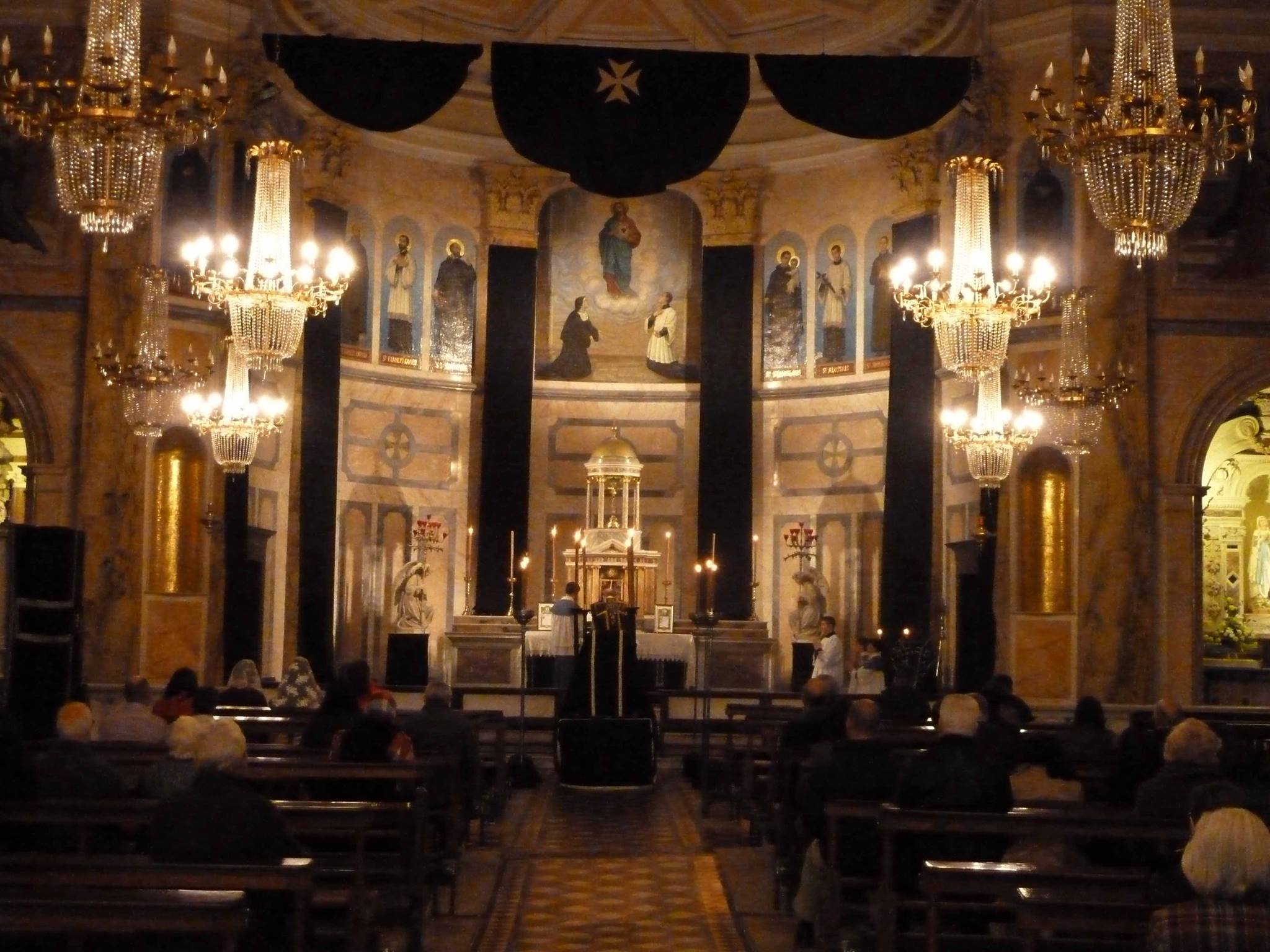
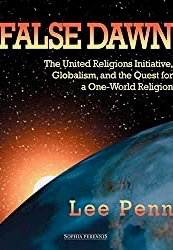
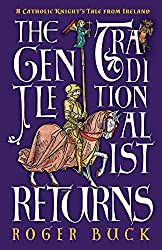


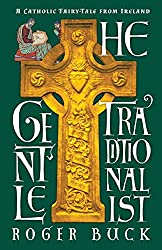
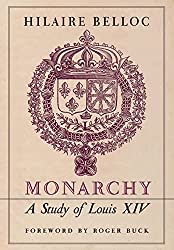
Comments
comments are currently closed
6 responses to “Findhorn and the New Age: Looking Back”
This is a test. It seems as though these comments boxes have not been working for awhile! But now perhaps they will …
We visited Finthorn when my son was about 1 in 1990, albeit for a couple of hours. My recollection was of a peaceful space with a stained glass window:)
I so wanted to respond to your post on Eckhart Tolle but my internet access keeps cutting out just as I’m about to send! The email for my blog is [email protected] – I’ve tried to find your “contact us” on a few pages of corjesusacratissimum.org but can’t find it or any email address for you or Kim?
Thank you for sharing your Findhorn experiences. I have to believe this will be a very fruitful thing to do.
Epsilon and Billy, it was very nice to have your comments here again at this site – after it seems the vagaries of technology have denied people access for maybe something like a month! Similarly I didn’t realise the Contact page was gone! Ironic indeed.
I thank you both warmly.
Epsilon, though I am hard-pressed for time just now, I will just say that I am grateful for the other things you are raising both here at our site and at your own meaningful, insightful and very heartfelt site here. I will be responding – but am still recovering from computer problems myself.
I will just quickly note however that your invocation of stained glass at Findhorn foreshadows – oddly enough – the next book extract I am just preparing to post. I recognise a large abstract stained glass there of which I imagine you speak, although it is not in the Sanctuaries and is very different from that of a church.
I look forward to reading more about Findhorn. I visited it twice, filled with awe and wonder – as you say there was an idealism living there which was palpable. But I never attended any courses or knew any of the residents to talk to about it. So I am interested to read what you experienced and how you see it now.
Peter – my apologies to you! Because of the comments box problems – now sorted I think – these words from you two weeks back only just came to my attention! They were buried in my spam folder (where I get all kinds of insincere comments from spammers like: great post, I love your blog etc).
Anyway I re-dated your comments, so they would appear to you and others. I appreciate your voice here very much and your honest witness to the idealism of Findhorn as awe-inspiring is useful, I think.
I was awed too. And it is important to remember that. I think I would still be very impressed if I had not discovered riches elsewhere in Christianity, which made these pale in comparison for me.
I am still struggling with Findhorn in some ways. I had a psychotherapist once, who was also a priest. A very wise and beautiful man. He used to say: “the dream never lies”. It is a strange fact for me that towards the end of my New Age time, I had a remarkable dream. I was showing people around the Findhorn Gardens, telling them how wonderful these were.
And yet as I recall in the dream itself, the gardens were not in good order, but decay. But I went around oblivious to this, saying how great they were. The dream then took a twist – where I went on a long journey ending I think in something like a Catholic monastery.
I had not the slightest idea at the time as to my upcoming conversion. But again, my priest -psychotherapist would say: “The dream does not lie. Your unconscious mind knows that not all is well with these gardens, even if your conscious mind proclaims otherwise.”And the truth of this dream really seems to foreshadow my completely unexpected journey to Catholicism.